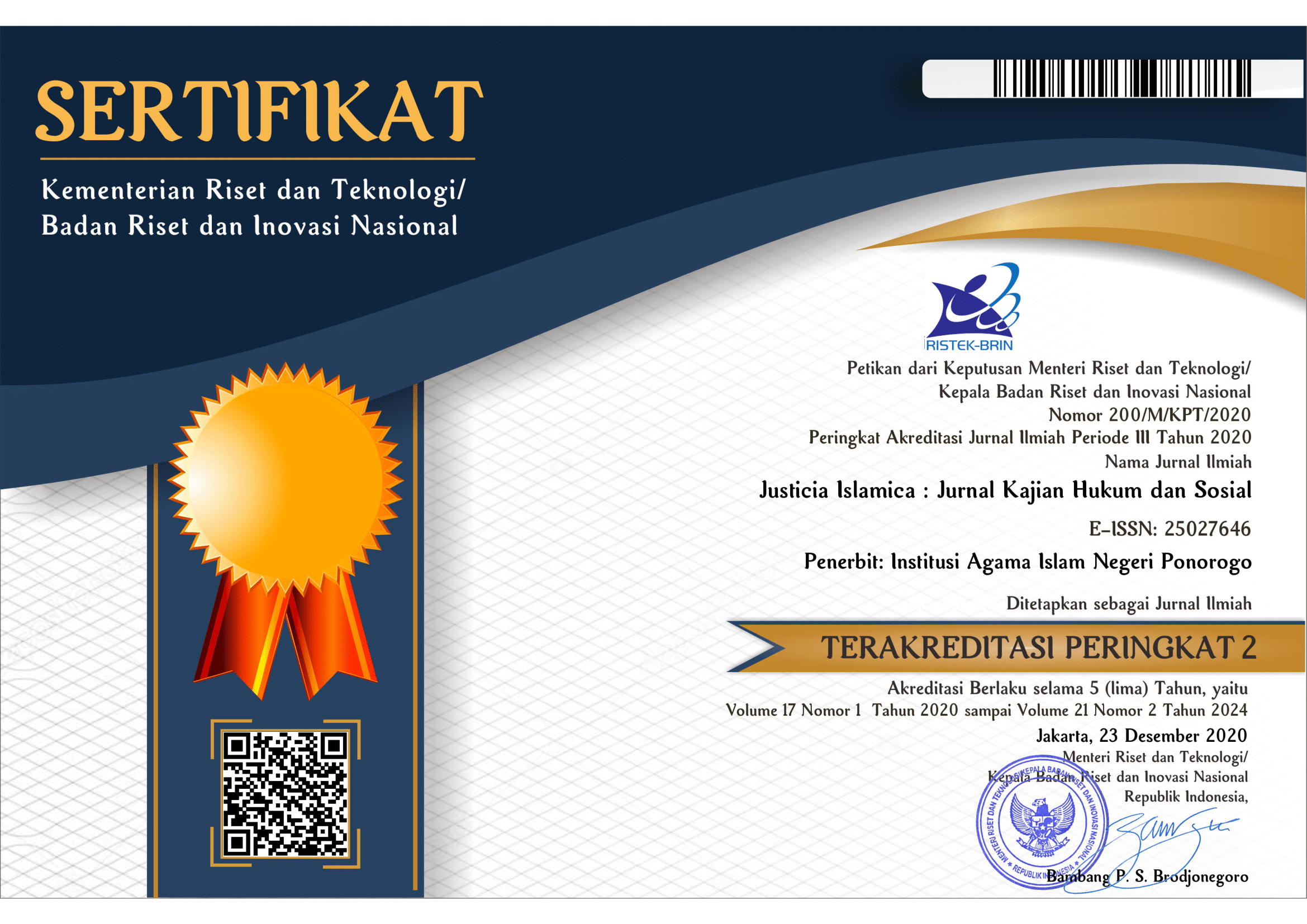Membincang Kembali Praktik Poligami di Indonesia
Telaah Sosiologi Hukum
Keywords:
marriage la; social norms; Islamic lawAbstract
This study aims to review the practice of polygamy in Indonesia through a sociological legal approach, by highlighting the dynamics between legal norms, social values, and the reality of practice in society. This study uses qualitative methods through literature studies and secondary data analysis, including statutory regulations and polygamous practices in a social context. The results show that although polygamy is strictly regulated in Marriage Law No. 1 of 1974, the practice still takes place with various social, cultural, and religious justifications. There is tension between restrictive positive law and permissive religious interpretation. From the perspective of the sociology of law, polygamy reflects the clash between formal legal norms and social norms of society. This study emphasizes the importance of a critical and holistic approach in formulating policies related to the practice of polygamy in Indonesia.
References
.
Downloads
Published
Issue
Section
License

This work is licensed under a Creative Commons Attribution-ShareAlike 4.0 International License.
Requirements to be met by the author as follows:
- Author storing copyright and grant the journal right of first publication manuscripts simultaneously with licensed under the CC BY-SA allows others to share the work with a statement of the work's authorship and initial publication in this journal.
Authors can enter into the preparation of additional contractual separately for the non-exclusive distribution of a decadent version of the journal issue (e.g., post it to an institutional repository or publish it in a book), with the recognition of initial publication in this journal.
Authors are allowed and encouraged to post their work online (e.g., in institutional repositories or on their website) before and during the submission process because it can lead to productive exchanges and citations earlier and more severe than published works. (see The Effect of Open Access).
This work is licensed under CC BY-SA.


















